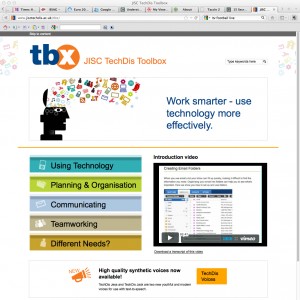Learning Layers has given new emphasis on Development Projects
The last event of the Learning Layers (LL) project in the year 2013 of which I blogged was the Y1 Review meeting in Barcelona. One of the measures with which we have responded to the feedback of reviewers has been the shift of emphasis from overarching Design Ideas to more specific Development Projects. This shift of emphasis was already discussed during the Y1 Review meeting, but it really took off during the preparation of the LL consortium meeting in Innsbruck (that took place in February).
What has this shift of emphasis meant to us:
Firstly, it has provided us an opportunity consider, to what extent the co-design processes are going on with an overarching agenda (of the original Design Teams set up in March 2013) or whether they have moved to more differentiated processes.
Secondly, it has provided us an opportunity to give shape for sub-initiatives or complementary initiatives that may play a role in different contexts.
Thirdly, it has provided us an opportunity to reconsider, in what ways we share experiences and knowledge on co-design activities.
Here it is not necessary to give a comprehensive account on call changes or to go into very specific details. Yet, I can give some examples of the changes that have occurred with reference to the above mentioned reorientations:
1) In the Design Team “Sharing Turbine” the original idea was the digitisation of the White Folder (learning and working resource of the apprentices in Bau ABC). In the current phase the work has differentiated to several parallel Development Project:
1a) The Development Project “Learning Toolbox” is developing a toolbox of mobile apps and resources that supports the work with the White Folder (and paves the way for digitisation of documents and reports).
1b) The Development Project “Multimedia/ Web 2.0 Training “ is giving shape for the training activities that have been piloted with the staff of Bau ABC (and are to be supported by online learning).
1c) The Development Project “Baubildung.net” is developing a platform for professional networking platform for construction sector. This platform will also provide the basis for online learning in the context of the above mentioned training activities.
2) The Development Project “Reflect app” (that was initially developed with support of an affiliated students’ project) is being developed further by the LL project. The audio-based app that helps the users to record their learning experiences and learning gains (and convert them into documents) will be piloted both in healthcare and in construction sector.
3) The flashmeetings of Design Teams have to some extent given way for more comprehensive design forums of the two sectors healthcare and construction sector.
As we are talking of recent changes in dynamic processes, it is not yet the time to conclude, to what extent the Development Projects have shaped the daily work of the LL project. Yet, we can already see that the picture of the LL project is getting more networked and more colourful.
More posts to come …


